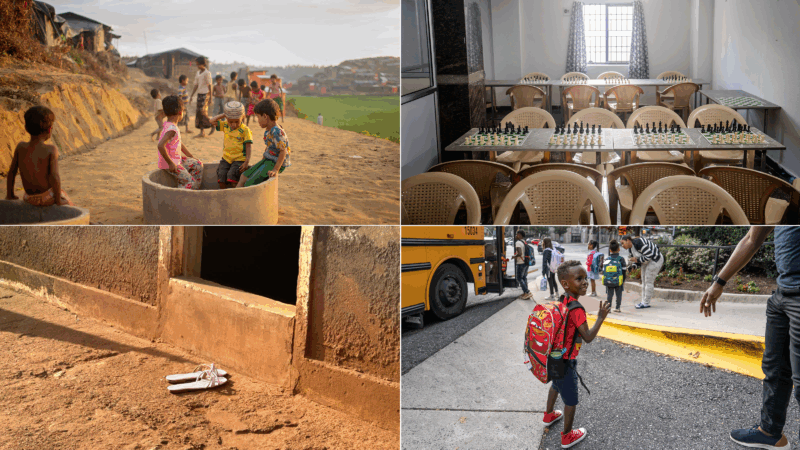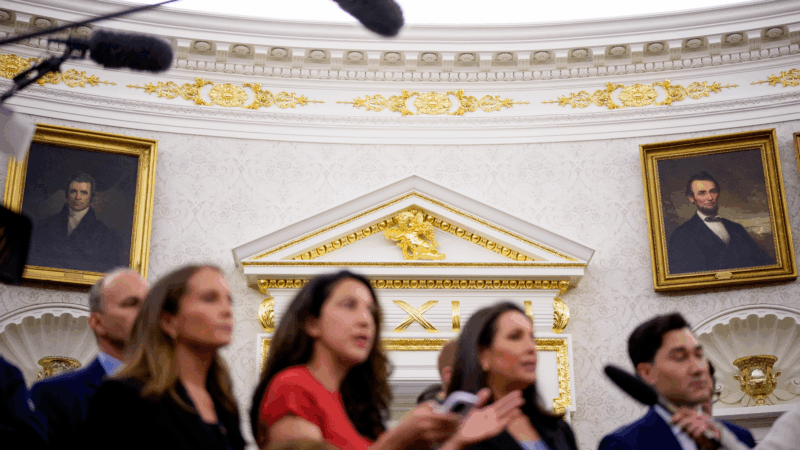What Climate Change Could Mean for Alabama’s Coast
Climate scientists caution against linking any single weather event to climate change. But they say the phenomenon does mean extreme weather such as hurricanes or flooding is more likely. Sea levels are rising too. Birmingham Watch has launched a year-long series on how climate change is affecting Alabama, and they start with the Alabama coast.
WBHM’s Andrew Yeager spoke with Birmingham Watch reporter Hank Black.
Interview Highlights
Why Dauphin Island is like a canary in the coal mine:
“The effect of the heavier storms and of the rise of the seas is actually diminishing particularly the western end of the island. Some say that in 40 years or so the west end of that island will no longer exist. It’ll be underwater, along with the million dollar vacation homes and rental properties, and there’ll be a great loss to Alabama because that’s been a favorite vacation spot for many, many, many years.”
How climate change has contributed to the collapse of the wild oyster industry:
“Part of it is the heavier rainfall and heavier storms that wash freshwater into [Mobile] bay, diminishing the salinity of the waters. And also, that brings more pollution from upstream, runoff from farms, sewer overflows. These all result in diminishing the health of the bay. Warming waters leaves less oxygen in the water for one thing. The very bottom of the bay is in a lot of cases devoid of oxygen.”
The reluctance to talk about climate change:
“I talked to one oyster farmer on the western shore whose son is a real estate agent down on the coast. And they can’t talk about this subject. The oyster farmer understands what’s going on, tries to improve what he can and mitigate what he can. But they can’t talk about it because his son won’t acknowledge that his business might be built on sand, if you want to say. So he cannot acknowledge to the people he’s selling to that this property might not be there in another 30 years.”
From chess to a medical mystery: Great global reads from 2025 you may have missed
We published hundreds of stories on global health and development each year. Some are ... alas ... a bit underappreciated by readers. We've asked our staff for their favorite overlooked posts of 2025.
The U.S. offers Ukraine a 15-year security guarantee for now, Zelenskyy says
Ukrainian President Volodymyr Zelenskyy said Monday the United States is offering his country security guarantees for a period of 15 years as part of a proposed peace plan.
Genre fiction and female authors top U.S. libraries’ most-borrowed lists in 2025
All of the top 10 books borrowed through the public library app Libby were written by women. And Kristin Hannah's The Women was the top checkout in many library systems around the country.
A ‘very aesthetic person,’ President Trump says being a builder is his second job
President Trump was a builder before he took office, but he has continued it as a hobby in the White House.
Teens are having disturbing interactions with chatbots. Here’s how to lower the risks
Teen use of AI chat bots is growing, and psychologists worry it's affecting their social development and mental health. Here's what parents should know to help kids use the technology safely.
Why do so many people ring in the new year on Jan. 1?
Much of the world follows the Gregorian calendar, named after Pope Gregory XIII, who put the finishing touches on a Roman system that integrated ideas from other cultures.






